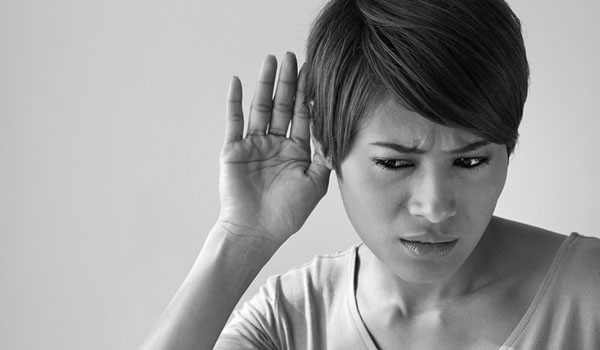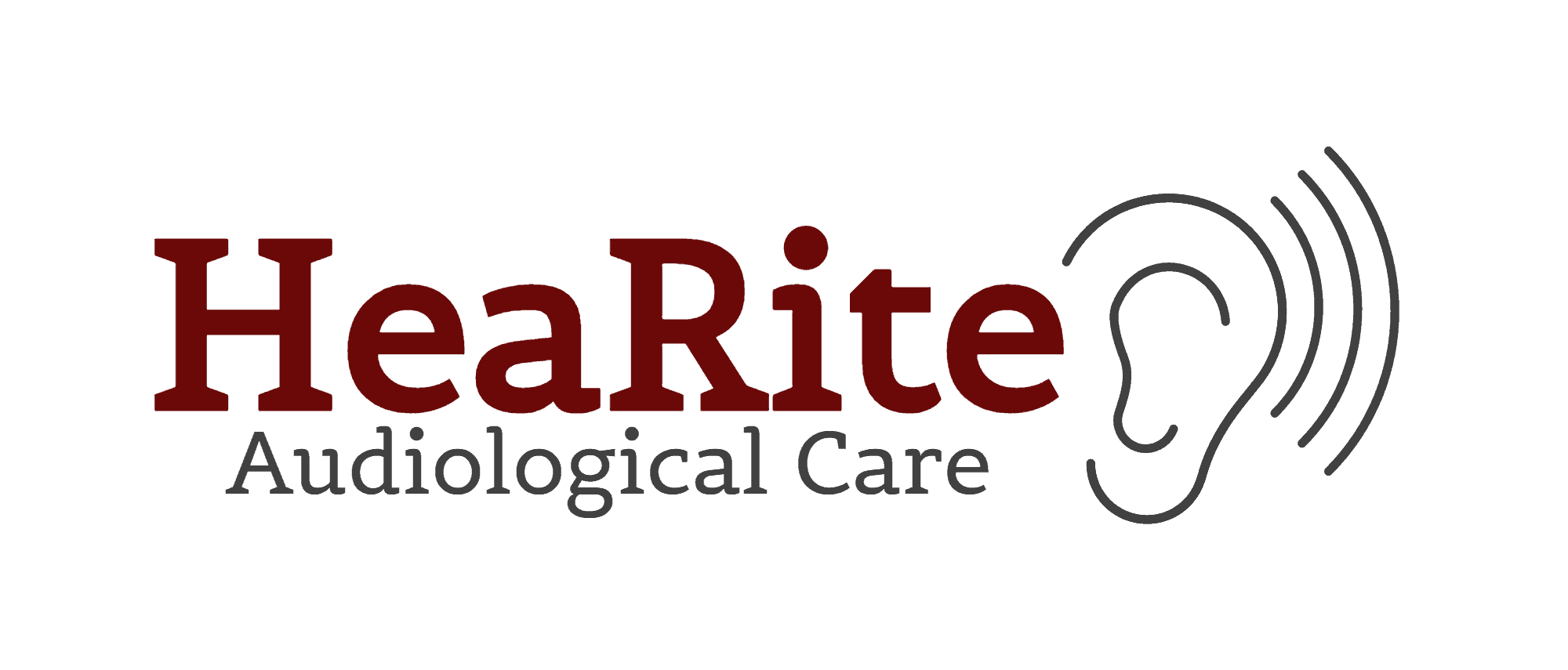Hearing Loss
Did you know that hearing loss is the third most common medical condition in the United States? It affects 48 million Americans, or 20% of the population. Though hearing loss may affect anyone at any age, a greater number of older Americans are hard of hearing. One in three people over 65 and 50% of people over 75 experience some degree of hearing loss.
In the workforce, 60% of people experience hearing loss. According to the US Department of Labor, hearing loss has become a growing workplace issue, due to exposure to noise. Veterans returning from Afghanistan and Iraq have reported hearing loss – 60% of people are hard of hearing or experience tinnitus (ringing of the ears).
Despite its prevalence, hearing loss is not often treated as soon as it should be. On average, it takes a person seven years from the time they first experience the signs of hearing loss until the time they decide to seek treatment. Identifying and treating hearing loss early on brings many health benefits.
Signs of Hearing Loss
Our sense of hearing helps to situate us in the world and connect to our friends and loved ones. The signs of hearing loss vary, but often, they do not appear obvious right away. In other cases, hearing loss may be sudden. From the Hearing Loss Association of America, here are some signs of hearing loss:

Tinnitus
Commonly known as “ringing of the ears,” Tinnitus is a condition in which you experience a sound without the influence of an external stimulus. This sound is most commonly heard only by you. Your audiologist will be able to identify tinnitus after a hearing exam.
Learn moreIdentifying Hearing Loss
Hearing loss is identified with a hearing exam by an audiologist. At Hearite, we perform comprehensive hearing exams by a licensed audiologist.
A hearing exam tests your ability to hear sounds and speech. Additionally, your lifestyle, employment, and personal and family medical history will give your audiologist a better picture of your hearing abilities.
There are three types of hearing loss: conductive, sensorineural, and mixed. Conductive hearing loss affects your outer and middle ear, and interferes with your ability to receive and amplify sound. Sensorineural hearing loss affects your inner ear and the neural pathways by which sound waves are translated into signals registered by the brain. Mixed hearing loss is a combination of both.
The three different types of hearing loss are caused by a number of different factors and in some cases, a combination of factors. The main causes are presbycusis (aging), exposure to noise, and congenital conditions.
Benefits of Treating Hearing Loss
Identifying and treating hearing loss early on comes with many benefits to your well-being and overall health. Hearing loss has been linked to dementia, due to its strain on your cognitive function. People with untreated hearing loss are more likely to experience falls, accidents, and hospitalizations. In terms of earning, studies have found that people with untreated hearing loss have lower earning power than their counterparts, as hearing loss interferes with concentration and productivity.
Treating hearing loss also improves your social life. People with untreated hearing loss tend to withdraw socially, isolating themselves while experiencing an increased risk of stress, anxiety, and stress. By treating hearing loss, you’ll rediscover the world around you and reconnect with your loved ones.
